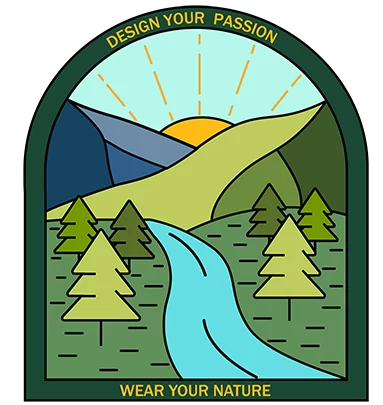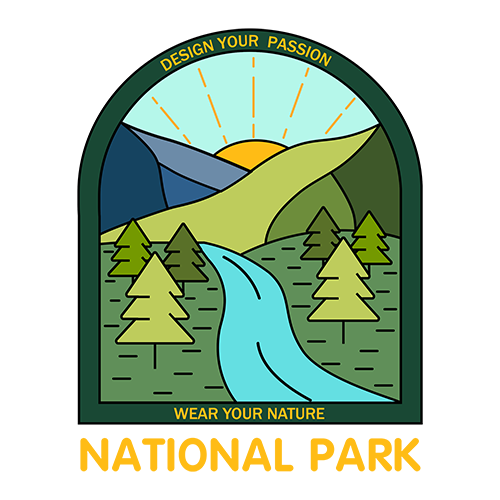Located at the base of Tenaya Canyon and offering one of the most peaceful reflective views in Yosemite Valley, Mirror Lake Yosemite National Park is a must-see destination for hikers, photographers, and nature lovers alike. The shimmering waters perfectly reflect the towering face of Half Dome when conditions are right, especially during spring and early summer. This article dives into everything you need to know about getting to Mirror Lake, understanding the trail, visiting across different seasons, and staying safe while exploring this serene gem.
Whether you’re planning your first trip or returning for another tranquil walk, this guide of the National Park Shops ensures you’ll be well-prepared to experience the full charm of Mirror Lake Yosemite National Park year-round.
Trail Overview: Mirror Lake Trail
- Distance: 2 miles (3.2 km) round trip to lake and back; 5 miles (8 km) loop around lake
- Elevation: 100 feet
- Difficulty: Easy to Moderate
- Time: 1 hour round trip to the lake (end of paved trail); 2-3 hours for full loop
- Begin at: Mirror Lake Trailhead (shuttle stop #17)
Mirror Lake Yosemite National Park is accessed via the Mirror Lake Trail, one of the park’s most accessible and beginner-friendly hikes. The out-and-back trail starts near Shuttle Stop #17 in Yosemite Valley and stretches about 2 miles round trip to the lake, or 5 miles if you choose to complete the full loop around Tenaya Creek. The paved first section makes it great for families, strollers, and casual hikers.
Hikers walk along shaded woodland paths, with Tenaya Creek meandering beside them and occasional wildlife sightings enhancing the journey. As you get closer to Mirror Lake Yosemite National Park, granite cliffs loom overhead, creating a natural amphitheater that’s both peaceful and majestic. It’s a low-elevation trail, making it an ideal warm-up or late-day hike. Early mornings are quieter and provide the clearest reflections on the water’s surface.
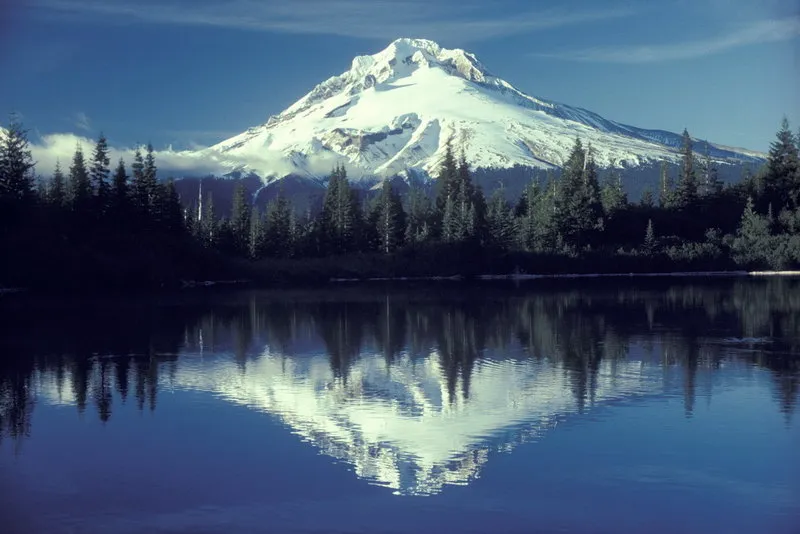
Mirror Lake by The Seasons
To fully appreciate Mirror Lake Yosemite National Park, it’s essential to understand how the lake transforms with the passing seasons. Each time of year offers a distinct atmosphere, affecting not only the visual experience but also trail conditions and crowd levels. From snow-covered solitude in winter to lush reflections in spring and golden foliage in fall, this destination rewards repeat visits.
Winter
In winter, Mirror Lake Yosemite National Park transforms into a quiet, snowy wonderland. While the trail remains open, it’s less frequented, which adds to the solitude. Snow often covers the lake’s shallow basin, and you may find a frozen stream instead of clear water, depending on recent weather.
The paved portion is usually walkable with proper footwear, though traction devices are recommended for icy patches. Photographers will appreciate the frosty textures and snow-dusted granite cliffs. Despite limited water in the lake, the stark beauty of Mirror Lake Yosemite National Park in winter offers a unique perspective that’s perfect for peaceful nature walks and reflective moments.
Spring
Spring is arguably the best time to visit Mirror Lake Yosemite National Park, thanks to the melting snow from the Sierra high country. Runoff from Tenaya Creek fills the basin, reviving the lake’s namesake reflections. The surrounding vegetation begins to bloom, and waterfalls in the distance add audio and visual flair to the experience.
The trail tends to be muddy in spots, so waterproof hiking shoes are recommended. Still, the reward is well worth it, with full water levels and vibrant scenery that make for incredible photos. Wildflowers, fresh air, and minimal bugs make spring an optimal time to explore Mirror Lake Yosemite National Park in full bloom.
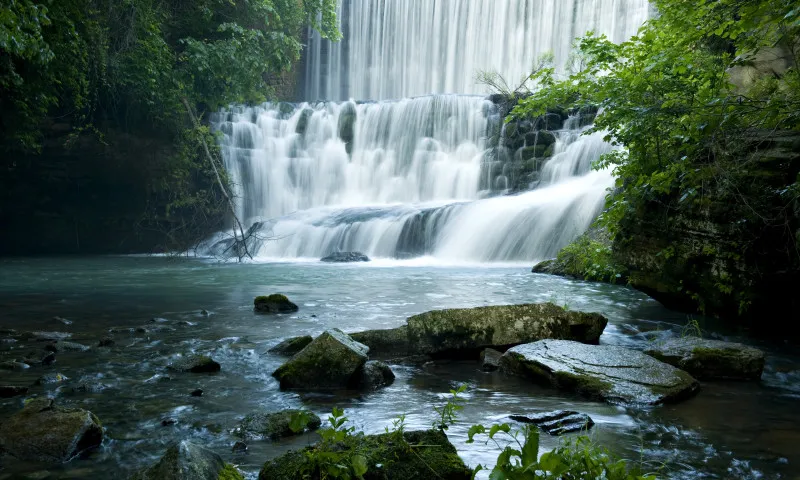
Summer
Summer brings sunshine and larger crowds to Mirror Lake Yosemite National Park. By late summer, water levels often drop significantly, and the lake can resemble a sandy meadow rather than a reflective pool. However, this is still a great time to explore the full trail loop or enjoy a shaded walk near Tenaya Creek.
Visitors can wade through shallow pools or picnic near boulders along the trail. The granite walls provide stunning backdrops, and the area remains photogenic even when the lake is reduced. Mornings offer the best chance for a peaceful visit. To avoid peak heat and congestion, aim to visit Mirror Lake Yosemite National Park before 10 a.m.
Fall
Autumn is a transitional period at Mirror Lake Yosemite National Park, with crisp air and fewer visitors. Depending on precipitation, the lake may hold some water early in the season, gradually returning to a dry basin as fall progresses. Fallen leaves color the path in gold and red, making the hike particularly scenic.
Cooler temperatures and lower humidity make this a pleasant time to visit without the crowds of summer or the snow of winter. Reflections may be limited, but the quiet atmosphere and autumnal backdrop make Mirror Lake Yosemite National Park a serene destination for leaf-peepers and photographers alike.

Best Time to Visit Mirror Lake Yosemite National Park
While Mirror Lake Yosemite National Park captivates visitors year-round, choosing the right season and time of day can significantly enhance your visit. For the iconic mirror-like reflections of Half Dome, mid to late spring, typically April through June, is the most visually rewarding period. Snowmelt from the Sierra Nevada replenishes Tenaya Creek, filling the lake to capacity and transforming it into a natural reflecting pool.
Arriving early in the morning provides several advantages: soft golden light, glassy water surfaces, and minimal foot traffic. Wildlife is more active at dawn, and temperatures are generally more pleasant for hiking. Late spring mornings offer an unmatched combination of full water levels and photographic clarity. To avoid dry conditions and summer crowds, plan your visit to Mirror Lake Yosemite National Park before mid-day and preferably in the earlier months of the season.
Highlights and Photo Opportunities
Mirror Lake Yosemite National Park is a treasure trove for photographers and nature lovers. The iconic reflection of Half Dome in the still waters during springtime is one of Yosemite’s most famous scenes. Wide-angle shots from the trail’s end offer sweeping views, while macro photographers can capture intricate ice formations, blooming flora, or textures of granite boulders.
The area also provides a great chance to photograph wildlife such as mule deer, Stellar’s jays, and squirrels. Early morning fog and mist add a mystical quality to your images. For those interested in social media-worthy moments, late spring offers the best composition and natural lighting. No trip to Mirror Lake Yosemite National Park is complete without taking time to appreciate the unique photographic opportunities.
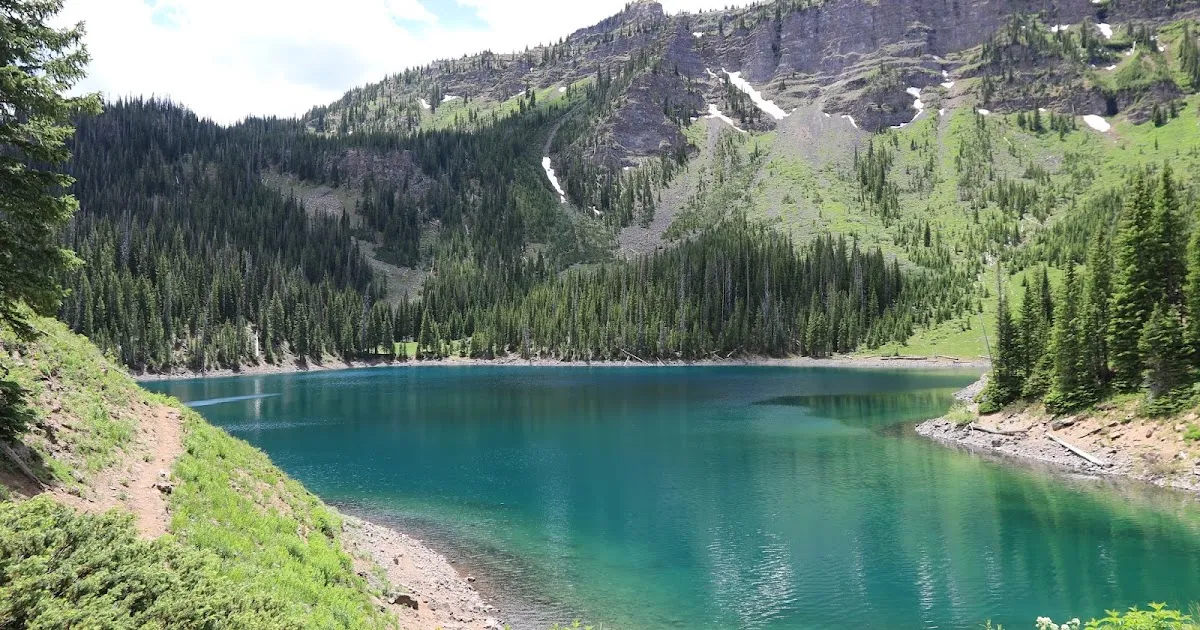
Safety Tips Mirror Lake Yosemite National Park
Though relatively easy, visiting Mirror Lake Yosemite National Park still requires several safety precautions to ensure a smooth and enjoyable experience.
Before You Go:
- Always check current trail conditions via the National Park Service website or visitor center. In winter and spring, melting snow can create muddy or icy patches.
- Dress in layers. Weather in Yosemite can shift quickly, especially in higher elevations.
- Wear sturdy, waterproof hiking shoes with good traction.
On the Trail:
- Stay on designated paths and avoid climbing on wet or slick granite near the lake’s edge.
- In summer, carry plenty of water and apply sunscreen regularly to avoid dehydration and sunburn.
- If hiking the full loop, pace yourself and take breaks in shaded areas.
Wildlife Awareness:
- Keep a safe distance from all animals, including deer and squirrels.
- Never feed wildlife, it disrupts their diet and behavior.
By following these guidelines, your visit to Mirror Lake Yosemite National Park will be safer, more comfortable, and fully focused on the stunning nature all around you.
Conclusion
Whether you’re seeking solitude, stunning scenery, or a gentle family hike, Mirror Lake Yosemite National Park delivers a uniquely peaceful experience. Its changing appearance through the seasons makes it a destination worth visiting multiple times. Easily accessible and rewarding for all ages and skill levels, it’s a perfect addition to any Yosemite itinerary.
Plan ahead, pick the right season, and bring your camera, you’ll want to remember every detail of this reflective retreat. With the right approach, your visit to Mirror Lake Yosemite National Park will be both memorable and inspiring.
